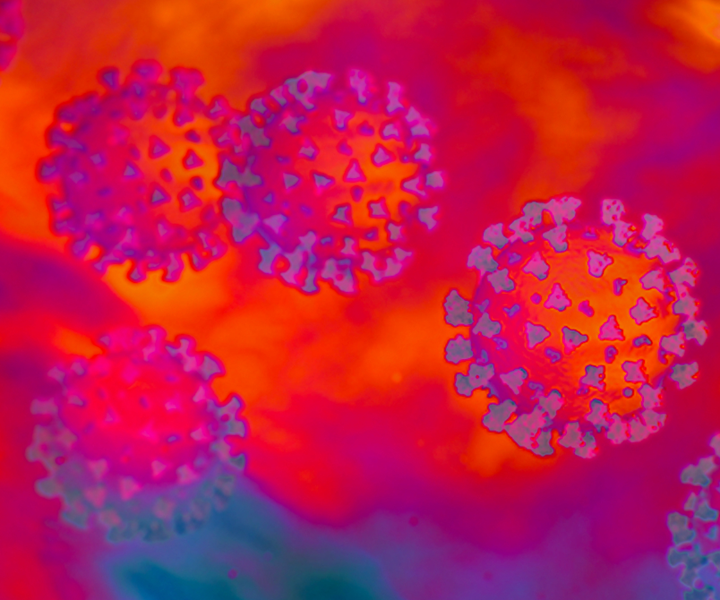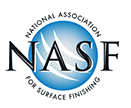NASF Update on Business Financing Under the CARES Act
Business Financing Under the CARES Act, a program aimed at providing funding during the coronavirus crisis, comes on the heels of concerns over the rollout of SBA’s forgivable loan program.

The Federal Reserve announced April 9 it will provide up to $2.3 trillion in loans to support the economy. This comes on the heels of concerns over the rollout of SBA's forgivable loan program.
The myriad of new programs is aimed at providing funding to households and employers of all sizes and bolster the ability of state and local governments to deliver critical services during the coronavirus pandemic.
The U.S. Chamber of Commerce's Center for Capital Markets Competitiveness team put together a summary of the various loan facilities intended for businesses and other entities of all sizes. Read about Small, Medium and Large Business Financing Under the CARES Act here.
For the new Main Street Expanded Loan Facility, eligible borrowers are businesses with up to 10,000 employees or up to $2.5 billion in 2019 annual revenues that are businesses created or organized in the United States with significations operations in and a majority of its employees based in the United States.
The National Association for Surface Finishing (NASF) continues to be active on a daily basis with federal agencies as a member of the U.S. Chamber of Commerce's Business Disruption Task Force, the Small and Medium Enterprises Coronavirus Task Force, and other committees and coalitions to provide industry’s input to decision-makers and receive new information on federal aid and assistance as implementation of the CARES legislation proceeds. Questions may be directed to NASF at info@nasf.org.

This post is courtesy of the Products Finishing and National Association for Surface Finishing (NASF) media partnership. Visit nasf.org.
Related Content
-
NASF/AESF Foundation Research Project #122: Electrochemical Approaches to Treatment of PFAS in Plating Wastewater - 12th Quarterly Report
This NASF-AESF Foundation research project report covers the 12th quarter of project work (October – December 2023) at the University of Georgia. In our previous report, we described our work on performance and effect of surface fluorinated Ti4O7 anodes on PFAS degradation in reactive electrochemical membrane (REM) mode. This quarter, our experiments involved utilizing porous Ti4O7 plates serving both as anodes and membranes. Tests compared pristine and F-18.6 Ti4O7 anodes at current densities of 10 mA/cm2 and 40 mA/cm2. This 12th quarterly report discusses the mechanisms of the effects on EO performance by anode surface fluorination.
-
Electroplating in the Context of Worldwide Nanotechnology Initiatives: A Heritage Paper
In the first part, a summary is presented on recently established nanotechnology initiatives in various countries around the world. Program funding levels and core activities will be compared to provide a basis for assessing business opportunities for various industries. The second part of the paper looks at specific examples of nanostructures made by electrochemical methods currently at various stages in their development, or already in use.
-
SUR/FIN 2023: Capsules from the Technical Sessions I: Emerging Technologies
SUR/FIN 2023 in Cleveland this past June was a resounding success. Due to the efforts of the Technical Activities Committee, ably led by Bill Nebiolo this year, an outstanding program of technical presentations was offered. What follows are summaries of selected presentations from the Emerging Technologies sessions. Additional coverage will be provided in this space in the coming months. The full report can be accessed and printed at short.pfonline.com/NASF23Aug1.















